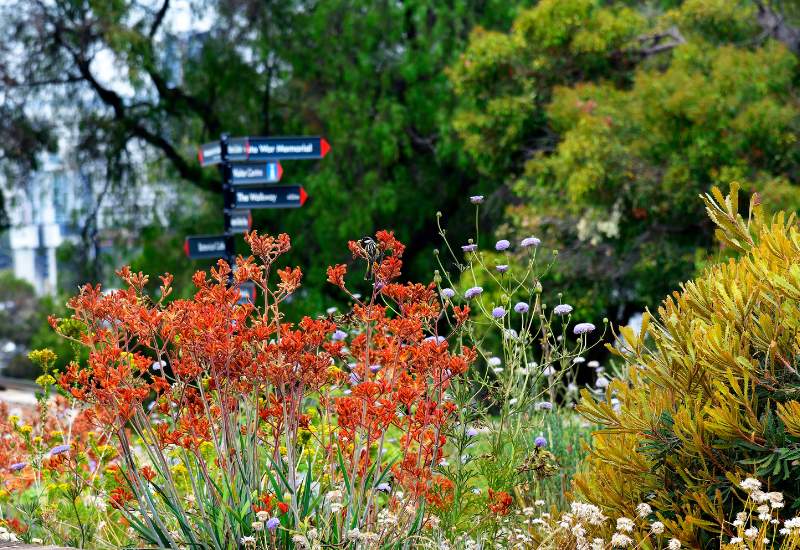
Amazing landscapes and natural wonders abound in Australia, making it ideal for outdoor pursuits. The Great Barrier Reef is the most well-known, but there are also majestic mountain ranges, bubblegum pink lakes, and tropical islands teeming with rare flora.
Because of the beauty and splash of color they provide to the environment, flowering plants are arguably the most popular sorts of plants to care for. Fortunately, Australia is never lacking in brilliant and vibrant vegetation, particularly native Australian flowers. Native plants, rather than non-natives, are more beneficial and better for the environment. Let's take a look, coast to coast, of the blooms that are native to Australia!
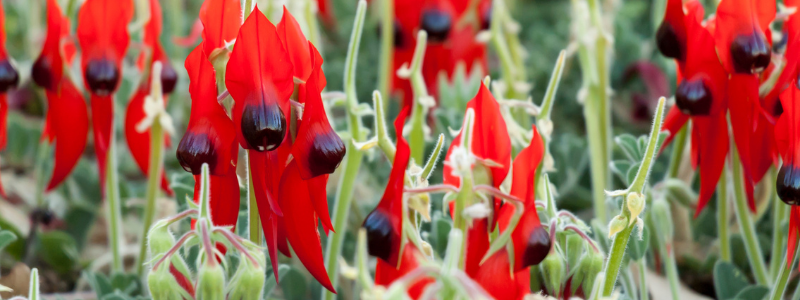

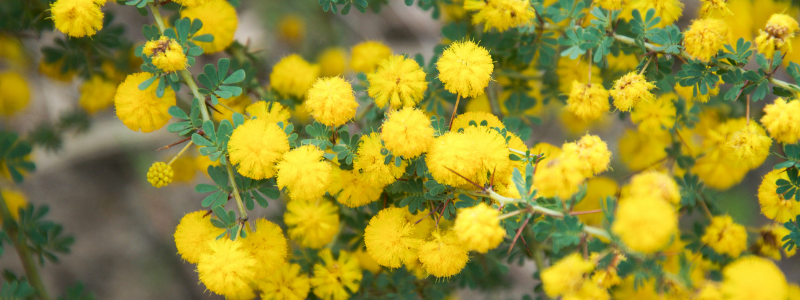
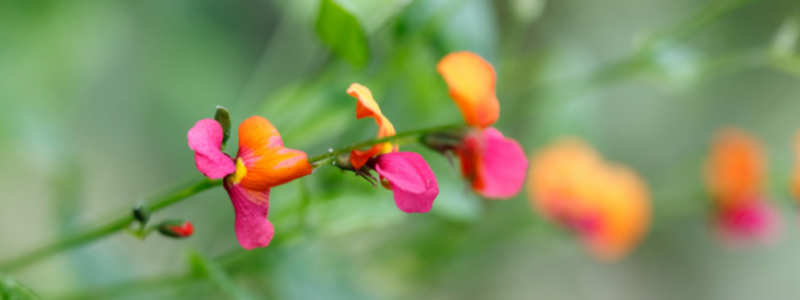
In the winter and early spring, Chorizema develops orange, pink, and red flowers. Allow it to sprawl across garden beds, serve as a groundcover, or climb on support. It can reach 1–1.5 meters in height and width, but a small trim can keep it in check. Plant in dappled light with wet, well-drained soil. After flowering, cut back hard to keep the plant clean.
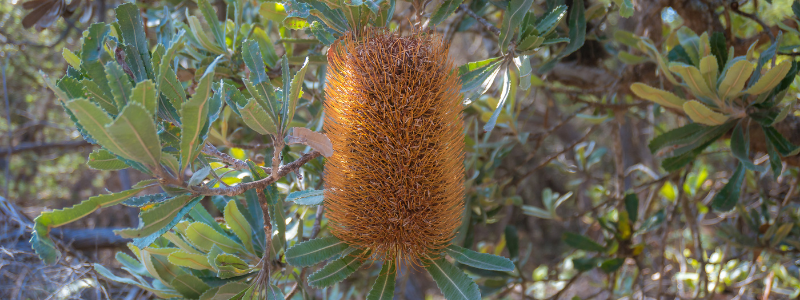
Banksias are known for their gold, crimson, and orange flower spikes that bloom profusely and for a long time. They come in a variety of sizes and shapes, ranging from medium shrubs to spreading groundcovers and make eye-catching arrangements for parties, weddings, and funerals. Giant Candles, a favorite, produces huge flower spikes on a 4m tall shrub. Check for dwarf banksia types like ‘Cherry Candles' for low-growing choices. It has a 1.5–2m spread and is ideal for containers or in the ground. Plant in full light and well-draining soil or native potting mix. Feed with a native-specific controlled-release fertilizer.
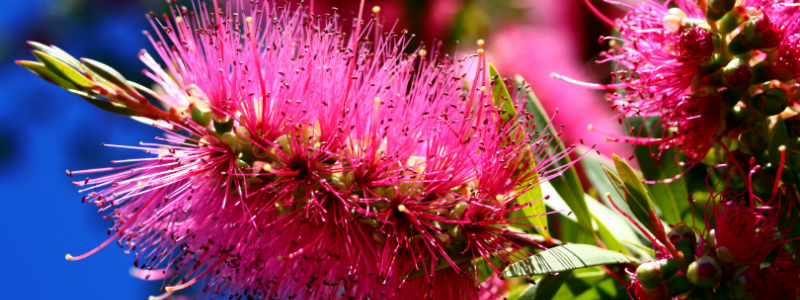
The bottlebrushes got their name from the bright, red flower arrangements they make, which look a lot like bottle cleaning brushes. Trees come in a wide range of shapes and sizes, so there's one for every garden. Bottlebrushes are low-maintenance, hardy plants that can survive (and even thrive) in wet environments. Bottlebrush blooms in the early spring and provides a rich source of food for birds.

The popular native kangaroo paw is a perfect low-maintenance but high-impact plant while in flower and evergreen when not. Fun fact: the Anigozanthos is Western Australia's state flower. Strap-like leaves and tubular blooms characterize all species; they come in single, bi-colored, and even tri-colored varieties in red, yellow, green, orange, pink, and white.
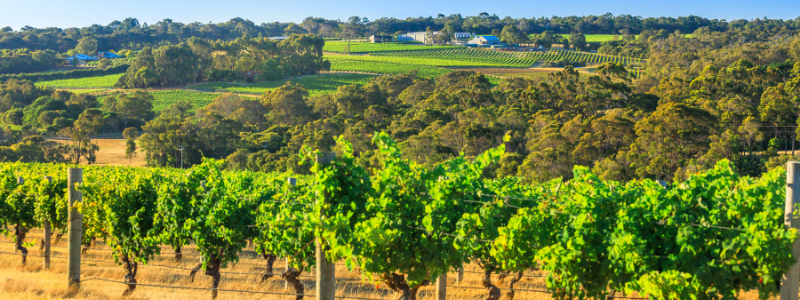
You can't visit Australia without tasting the wine! It's difficult to choose amongst so many different wine areas. The majority of the wine areas are in New South Wales and Victoria, so if you just have time to see a handful, a road trip between Sydney and Melbourne would be ideal.

The Great Barrier Reef, which is made up of approximately 2,500 distinct reefs and visible from space, is Australia's pride and delight. It ran halfway down the country's eastern coast, so there are lots of spots to utilize as launching pads for exploring the multicolored coral.
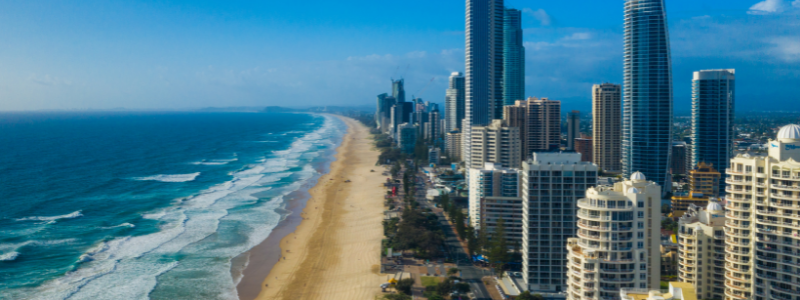
Large deserts populate most of Central Australia, leaving residents to live on the shores of this enormous country - which means they're never too far from a beach!

There are three times as many sheep than people living in Australia!
Interested in learning more about flowers around the world? Check out our Flowers of the Caribbean blog!
Follow Details on Instagram!